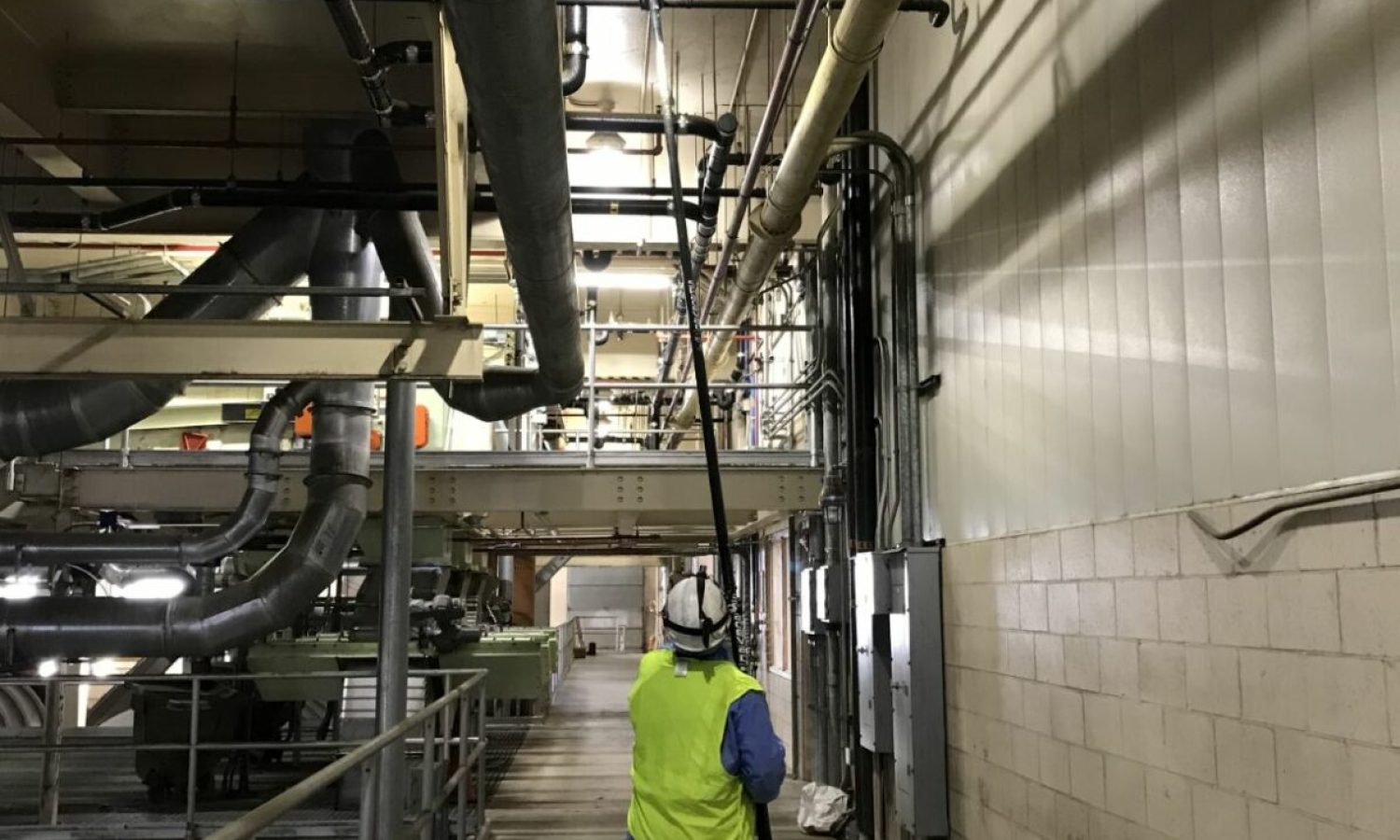
How Does Combustible Dust Accumulate?
In industrial environments, processes like cutting, grinding, and milling can produce fine dust. Typically, these particulates settle on surfaces, creating a layer of dust that might not seem dangerous at first. However, when disturbed, these layers can become airborne and pose a significant explosion risk. Data from the Occupational Safety and Health Administration (OSHA) emphasizes that even a layer of dust as thin as 1/32 of an inch covering just 5% of a room’s surface area can cause a disastrous explosion.
What Safety Measures Should Industries Implement?
The effective management of combustible dust involves a blend of prevention, protection, and preparation. Regular cleaning and inspection, proper ventilation, and the use of dust collectors are essential safety measures. The National Fire Protection Association (NFPA) 652 Standard provides guidelines for determining and mitigating dust hazards, making it a crucial reference for industries.
Why is Regular Cleaning Important?
Routine cleaning is an indispensable component of dust control. The aim is to prevent dust from building up to hazardous levels. Regular cleaning minimizes the risk of a dust explosion and improves air quality, which is essential for workers’ health. Companies like Great Lakes Power Vac offer specialized industrial cleaning services to ensure compliance and safety.
| Year | Number of Incidents | Injuries | Fatalities |
| 2015 | 19 | 27 | 1 |
| 2016 | 26 | 36 | 5 |
| 2017 | 33 | 45 | 7 |
| 2018 | 21 | 22 | 2 |
| 2019 | 32 | 55 | 3 |
How Does Regulatory Compliance Influence Industrial Practices?
The regulatory landscape for controlling combustible dust is governed by several standards and guidelines. OSHA, for instance, offers directives for hazards associated with combustible dust. Compliance with these regulations not only improves safety but also avoids penalties and potential shut-downs of non-compliant facilities.
What are the Economic Impacts of Dust-Related Incidents?
The economic repercussions of dust-related explosions are significant, including destruction to facilities, loss of productivity, legal liabilities, and potential loss of life. The CSB highlights that such incidents can lead to multi-million dollar lawsuits and compensation for affected families.
What Role Does Technology Play in Dust Monitoring?
Advancements in technology have significantly improved the ability to monitor and manage dust levels. Using high-tech sensors, industries can get real-time data on dust concentrations, enabling immediate corrective actions. This proactive approach substantially reduces the risk of dust-related incidents.
How Does Combustible Dust Affect Occupational Health?
Besides explosion risks, combustible dust poses several health challenges. Prolonged exposure can lead to respiratory issues and skin conditions in workers. Effective dust control measures thus contribute to a healthier workplace environment, reducing absenteeism and boosting overall employee morale.
What Training is Essential for Combustible Dust Management?
Worker training is crucial for effective dust management. Employees should be informed about the risks of combustible dust and trained in identifying potential hazards. Regular drills and educational sessions contribute to preparedness and safety awareness.
How Can Industries Improve Their Dust Management Strategies?
Enhancing dust management requires a comprehensive approach. Investing in high-efficiency cleaning equipment, implementing strict housekeeping policies, and maintaining an organizational culture that prioritizes safety are essential steps. Leveraging professional services from companies like Great Lakes Power Vac can ensure that cleaning practices comply with industry standards.
What are the Key Takeaways on Combustible Dust Management?
Combustible dust cleaning is not just a regulatory necessity but a core component of industrial safety and efficiency. Regular cleaning, compliance with regulations, employee training, and using advanced technology constitute a multi-faceted approach that ensures both safety and operational benefits. Companies must prioritize these elements to mitigate risks, protect workers, and sustain productivity.
FAQ: Combustible Dust Cleaning in Industrial Settings
How Often Should Combustible Dust Cleaning Occur in Industrial Settings?
The frequency of combustible dust cleaning depends on the type and level of industrial activity. High-dust environments may require daily cleaning, while others may only need weekly or monthly sessions. Regular inspections should determine the specific needs of a facility, guided by NFPA standards and OSHA guidelines. Proactive cleaning schedules minimize risks and maintain safe working conditions.
What are the Main Regulatory Guidelines for Combustible Dust?
The main regulatory guidelines include OSHA’s Combustible Dust National Emphasis Program, which establishes protocols for evaluating and mitigating dust hazards. NFPA standards, particularly NFPA 652 concerning dust hazard analysis, are also critical. These regulations provide a framework to ensure workplaces meet safety standards, helping to protect facilities and their workers from potential explosions.
Can Combustible Dust Explosions Be Completely Prevented?
While it is impossible to entirely eliminate the risk of combustible dust explosions, implementing stringent cleaning protocols, worker training, and using advanced detection technologies can significantly reduce likelihood. Continuous monitoring and adherence to safety standards remain imperative in minimizing risks. Engaging professional cleaning services ensures comprehensive management of potential hazards.
What Role Do Workers Play in Combustible Dust Safety?
Workers play a crucial role in maintaining dust safety. Employee training is vital, informing them of risks and safety practices. Workers are often the first to recognize dust accumulation and potential hazards. Routine training, safety drills, and encouraging a culture of diligence and responsibility empower employees to contribute to safety measures actively.
How Do Dust Collection Systems Help in Managing Combustible Dust?
Dust collection systems are integral to managing dust concentrations, capturing particulates before they accumulate. These systems use fans, ductwork, and filters to remove dust particles from the air, improving air quality and reducing explosion risks. Regular maintenance of these systems is essential to ensure efficiency and compliance with safety standards, thereby enhancing workplace safety significantly.
Combustible dust management is a comprehensive approach involving regular cleaning, compliance with regulatory standards, worker training, and technological integration. Companies must prioritize these aspects to maintain workplace safety, protect employees, and ensure operational efficiency.
